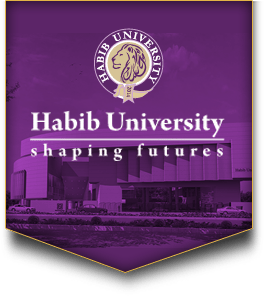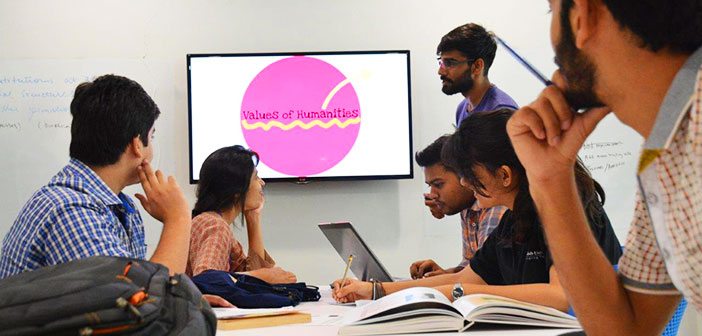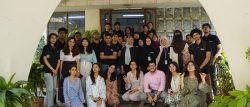In most developed countries around the world, the idea of a liberal arts education is not new, but in a country like Pakistan, liberal arts education is still unexplored. But what is it that makes a liberal arts education different from conventional academics?
Personally, being a student of Habib University, which I can confidently say is one of Pakistan’s finest educational institutes providing liberal arts education, I have learnt that the value of a liberal arts education comes from the diversity of subjects which are woven together to form a cluster of interdisciplinary thoughts.
At its roots, a liberal arts education has a balanced curriculum that covers disciplines such as fine arts to the physical sciences. By joining information from various fields of study, a liberal arts education intends to groom resourceful and knowledgeable individuals who can explore assorted scholastic fields and subjects.
Here are some of the reasons which prompted me to opt for a liberal arts institute i.e. Habib University:
- Critical Thinking: Students have the chance to hear alternate points of view, convey their ideas and thoughts, and think critically. They are presented to standpoints and interpretive structures that they might not have been exposed to earlier. This prompts them to question, and think analytically about every issue which is presented to them.
- Campus Community: With a small undergrad population in Pakistan pertaining to liberal arts education, most people are interconnected as their projects and interests overlap. The on-campus environment of liberal arts universities is generally friendly and the students get to know one another, which can make it feel more like ‘home’.
- Financial Aid: Liberal Arts universities are generally more charitable unlike state foundations, which have been spending the greater share of their finances on prosperous students. The financial aid offices can offer grants in the light of merit, talent, and need, which implies that students need to pay about the same, or perhaps less. A case in hand is Habib University, which offers a Scholarship and Financial Aid Program to meet the needs of all admitted students – 94% of our student body is either on scholarships and/or financial aid.
- Building Communication: Liberal arts institutions primarily focus on faculty-student interactions as most of the course work and teaching methodology comprise of valuable discussions, interactions, and research work which is human centric. Students are never discouraged to question, while the faculty is always in reach of the student.
- Brighter Future: Employers are beginning to value liberal arts education even more by the day. Students at liberal arts universities spend a lot of time communicating in speech and the written word. The memorable way of liberal arts institutions prepares future workers for all areas of professions. Students will achieve creativity, communication skills, and group working abilities that they will need to succeed.
This blog was written by Fatima Naseem, Social Development & Policy (SDP), Class of 2019.
To read more Blogs by our HU Lions, click here.




